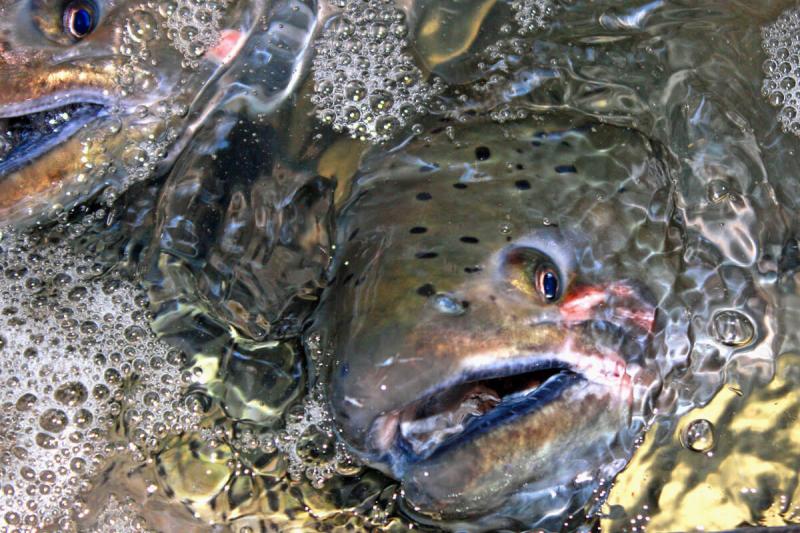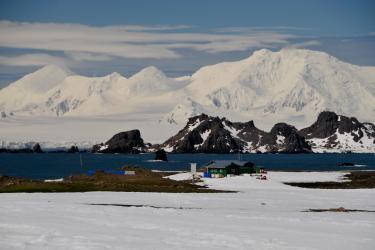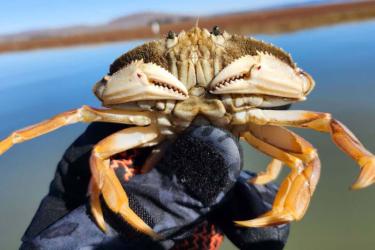The Pacific Fishery Management Council will consider options for protecting prey for Southern Resident killer whales in the course of setting salmon seasons.
A workgroup has outlined options for providing for prey needs of endangered Southern Resident killer whales in the course of designing West Coast salmon fishing seasons.
The workgroup was formed by the Pacific Fishery Management Council. Now the Council wants to know what you think of their options, described in a Range of Alternatives (PDF, 18 pages) and Recommendations. The options are available for public comment until September 2, 2020.
Options for Protecting Southern Resident Prey
The options are varied and extend across the West Coast.
One alternative would be to set a threshold for salmon abundance. Under this alternative, if Chinook salmon numbers off the West Coast fall to a certain level, then additional management measures would apply to fishing. NOAA Fisheries identified a similar interim threshold to evaluate 2020 fisheries, although salmon numbers did not fall to that level.
Another option suggests updating the goals for how many Chinook salmon return to California rivers, such as the Sacramento River and the Klamath rivers. The anticipated removal of dams from the Klamath River could increase its potential for salmon production, according to the alternatives.
The Council will take public comments and consider the choices during its September meeting before refining a range of alternatives to share for broader input. The Council will then take public comment on those alternatives before finalizing its selection at its November meeting. Ultimately, NOAA Fisheries will evaluate and decide whether to approve the Council’s recommendation for the fishery measures under the Magnuson-Stevens Act. We will also ensure it complies with the Endangered Species Act.
Fishing Impacts Reduced
Southern Resident killer whales prey on Chinook salmon, which are also important to tribes and sought after by West Coast commercial and recreational fishermen. Fishing pressure on salmon has declined in recent decades as protections for salmon and other species have increased.
The workgroup completed a risk assessment early this year that analyzed fishing impacts on West Coast Chinook salmon. It found that Chinook salmon abundance off the Washington Coast is consistently more important to the Southern Residents than in other areas because they frequent this area most. It is also where fishing has less impact on Chinook salmon numbers. Fishing removed an estimated 2.5 percent of the 1.4 million available Chinook salmon in that area in 2016, the most recent year analyzed. Looking at the entire West Coast, ocean salmon fisheries caught an estimated 6 percent of the 2.8 million adult Chinook salmon in offshore waters.
The workgroup that developed the alternatives began meeting last year and includes representatives of states, tribes, the Council, and NOAA Fisheries.



